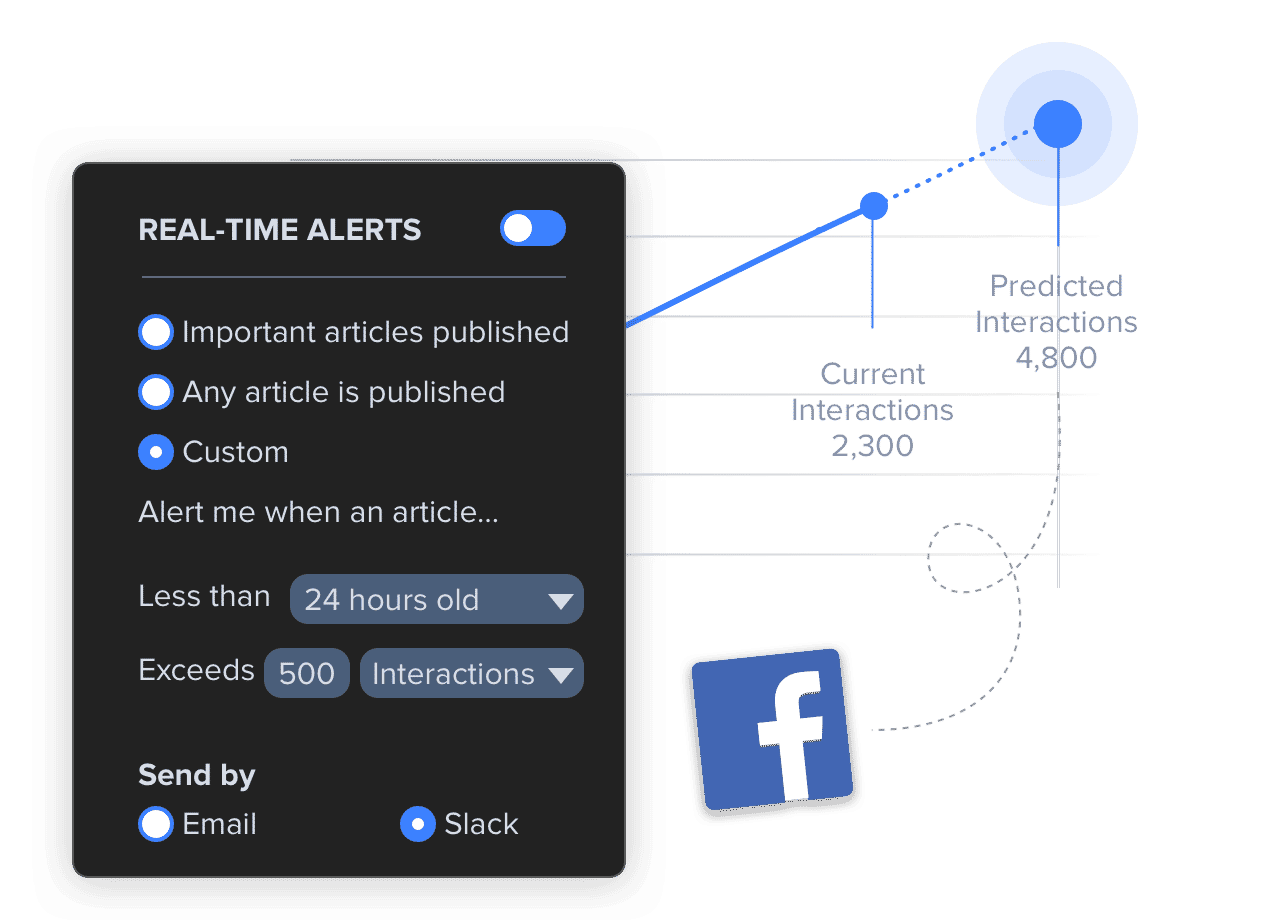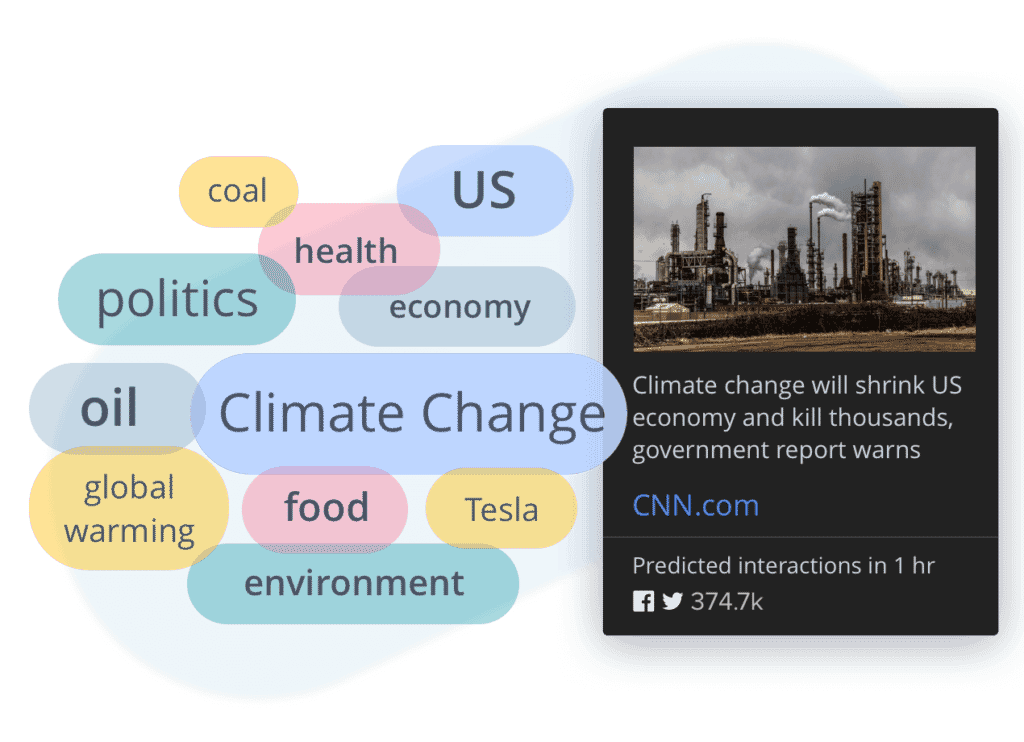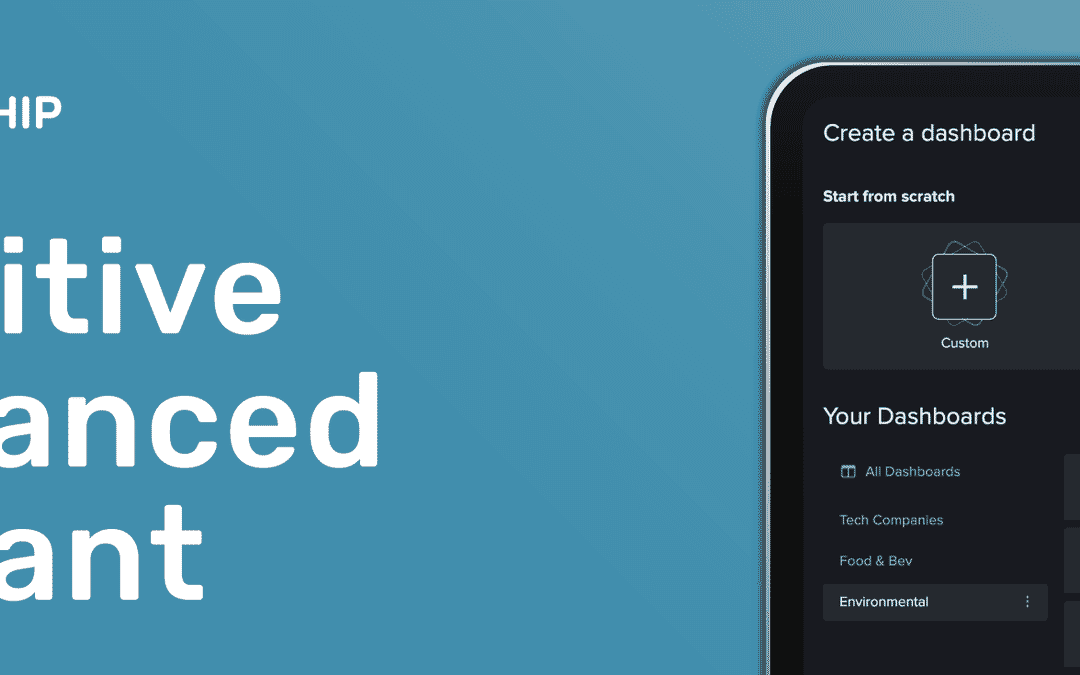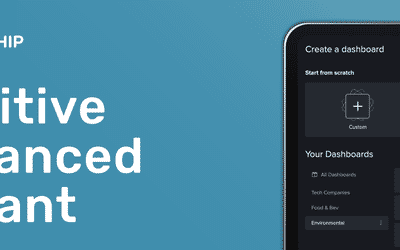Until recently, media monitoring was a sleepy industry.
The work included fun daily activities such as clipping magazines, highlighting mentions, and compiling digests. The output of this work would help brands quantify their earned media campaigns and get hints at their reputation.
The last decade has transformed this approach, with billions of people now publishing, tweeting, and clicking “share” each day. Media monitoring services were born out of this, providing automated tools that help comms professionals track and analyze media coverage.
This has grown increasingly complex as online channels broaden and the amount of content soars. There’s a need to bring more clarity among the noise, and the old tools that simply deliver insights on what happened, rather than putting you ahead of the news cycle, fall short on rising to that challenge.
New services are self-identifying as a new market niche: Real-Time Media Monitoring – which I’ll shorten to RTMM.
With many emerging RTMM services, and legacy monitoring firms scrambling to re-tool to cater to the market need, it’s worth spending some time on a few foundational questions: what is real-time media monitoring? Why would you need it? What does a good service look like?
What is real-time media monitoring?
Real-time media monitoring (RTMM) is the process of tracking the full digital media ecosystem for events, mentions and narratives, detecting and quantifying them as soon as they appear, and providing instant useful insights about them to end users.

This definition has three core elements – we must track the full media ecosystem, detect things quickly, and interpret them usefully. As a result, real-time media monitoring must have a few characteristics:
- It must be comprehensive. Media, social media, and even other locations of real time media engagement. Of course, this does not mean every forum or platform, if the number of users is minuscule or it is not relevant for the topic being monitored.
- It must be fast. An RTMM platform is only as good as its own speed of detection. This means extremely fast web crawling, and top notch connections to social networks.
- It must be insightful. A river of mentions can just be a river of noise. A useful RTMM platform must quantify which mentions, events or narratives are important, and provide live timelines and insights.
Who uses real-time media monitoring?
RTMM is essential for comms professionals who want clarity on the stories and content that are engaging people today. PR users include corporate communications teams, trust and safety teams at global brands, strategic comms advisors at major agencies, and comms marketing teams who want to understand real time trends.

RTMM is also used in media – by journalists who want early warning of stories about to explode on social media, clarity on real time audience interests, and a data-informed editorial plan.

When do brands use real-time media monitoring?
We’ve identified the three use cases for brands that demonstrate how valuable RTMM is to their communications strategy.
- Reputation monitoring
- Crisis management
- Real-time Marketing Communications
Real-time media monitoring is a crucial aspect of each of the three above, and we believe that soon it will be almost impossible to do any of them to their full potential without it.
If you’d like to see if RTMM can help your work, contact us for a demo.











